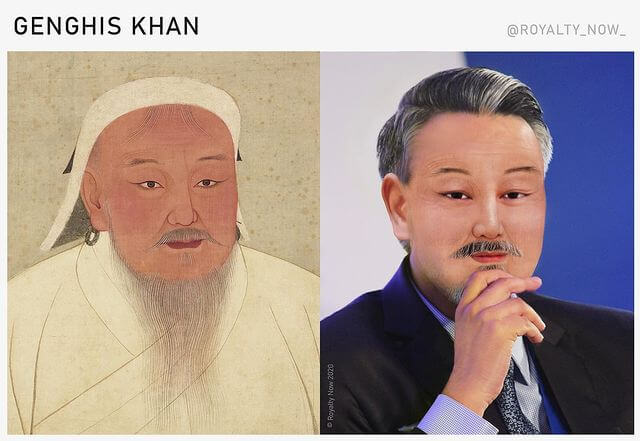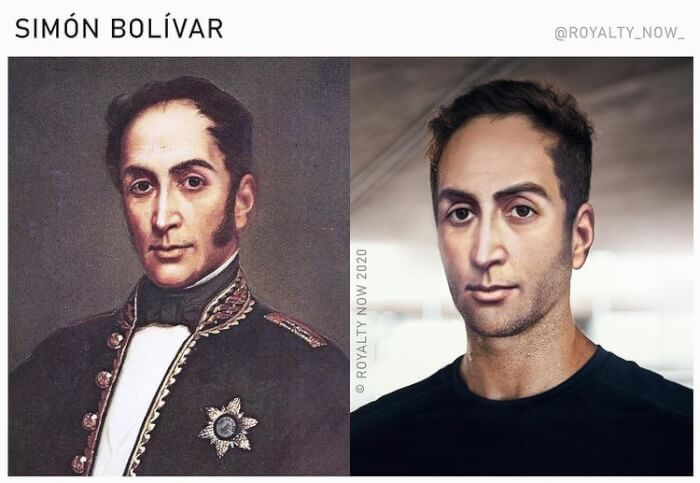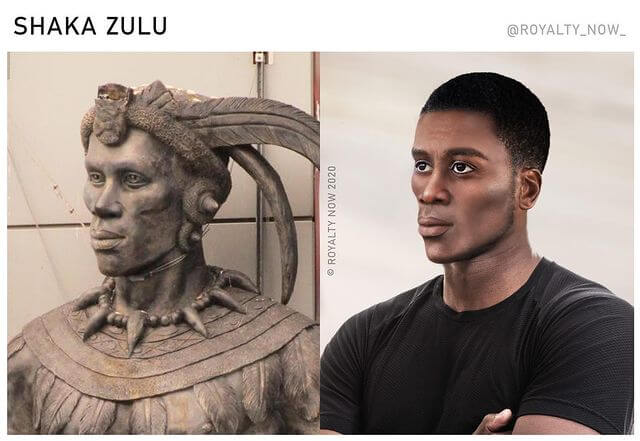Wonderful Illustrations That Turn Historical Figures Into Wonderful Real-Life Modern Look
Meet Becca Saladin, a talented artist and the author of wonderful illustrations you're going to see today!
Recently, she has run her unique project called "Royalty Now" - an illustration series in which Becca depicts how the historical characters would look in modern life. The project has earned her more than 300K followers on Instagram, and today we'd like to show you some of her works of art.
According to Becca, she started drawing when she was small. Her parents tried their best to do her a favor in the field of art. By reading books with her, they sparked in Becca an interest in history as well. That was how the artist found the inspiration to reimagine historical figures as how they would look in modern life.
Are you excited to know the results? Scroll down to see how amazing they are!
Recently, she has run her unique project called "Royalty Now" - an illustration series in which Becca depicts how the historical characters would look in modern life. The project has earned her more than 300K followers on Instagram, and today we'd like to show you some of her works of art.
According to Becca, she started drawing when she was small. Her parents tried their best to do her a favor in the field of art. By reading books with her, they sparked in Becca an interest in history as well. That was how the artist found the inspiration to reimagine historical figures as how they would look in modern life.
Are you excited to know the results? Scroll down to see how amazing they are!
#1. Madame de Pompadour
 Source: royalty_now_
Source: royalty_now_
#2. Elizabeth I
 Source: royalty_now_
Source: royalty_now_
#3. Julius Caesar
 Source: royalty_now_
Source: royalty_now_
#4. Hürrem Sultan
 Source: royalty_now_
Source: royalty_now_
#5. Catherine De' Merci
 Source: royalty_now_
Source: royalty_now_
#6. Queen Victoria
 Source: royalty_now_
Source: royalty_now_
#7. Alexander the Great
 Source: royalty_now_
Source: royalty_now_
#8. Cleopatra Cleopatra VII
 Source: royalty_now_
Source: royalty_now_
#9. Charlotte Brontë
 Source: royalty_now_
Source: royalty_now_
#10. Pocahontas
 Source: royalty_now_
Source: royalty_now_
#11. Hatshepsut
 Source: royalty_now_
Source: royalty_now_
#12. Genghis Khan
 Source: royalty_now_
Source: royalty_now_
#13. Queen Mother Idia
 Source: royalty_now_
Source: royalty_now_
#14. Simón Bolívar
 Source: royalty_now_
Source: royalty_now_
#15. Mary, Queen of Scots
 Source: royalty_now_
Source: royalty_now_
#16. Shaka Zulu
 Source: royalty_now_
Source: royalty_now_
#17. Richard III
 Source: royalty_now_
Source: royalty_now_
#18. Bull Bear
 Source: royalty_now_
Source: royalty_now_
#19. Qin Shi Huang
 Source: royalty_now_
Source: royalty_now_
#20. Augustus
 Source: royalty_now_
Source: royalty_now_
#21. Salah al-Din
 Source: royalty_now_
Source: royalty_now_
Share this article
Advertisement